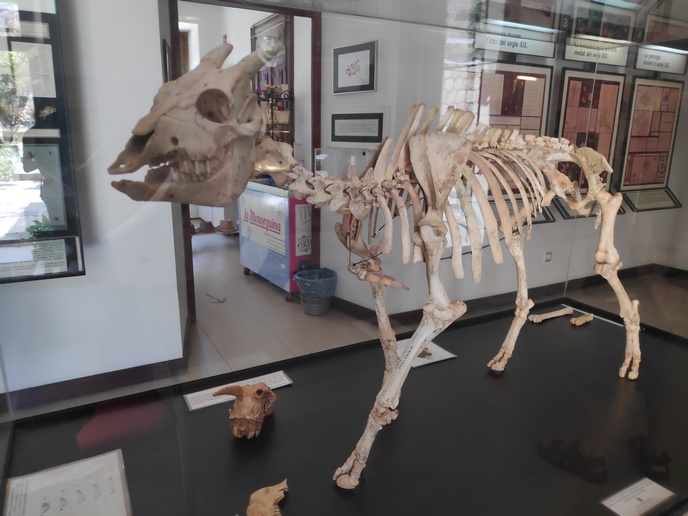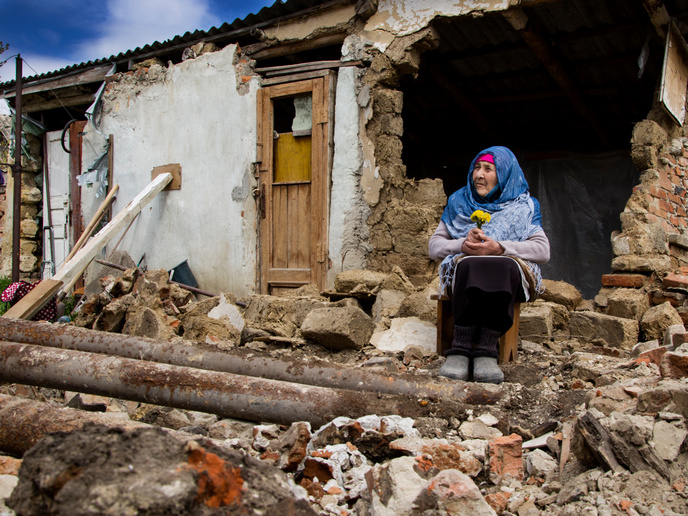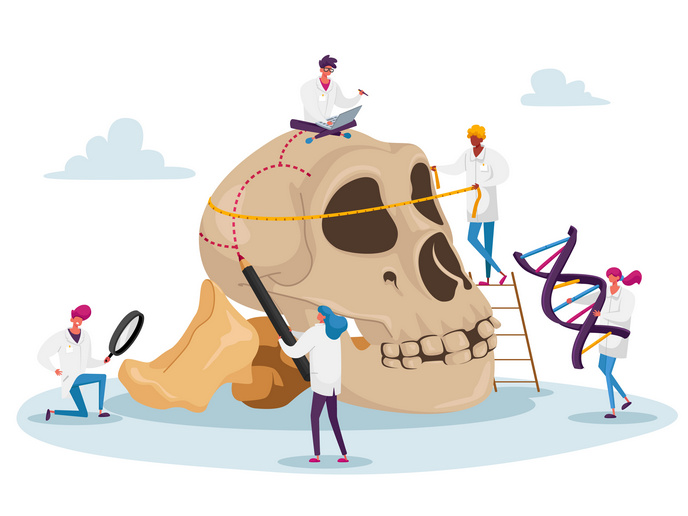The hidden journeys of museum collections
Science museums around the world face increasing demands to address provenance – the history of ownership of objects – and issues of repatriation. Understanding where collections come from, how they moved and why they ended up in specific institutions is complex. The SciCoMove(opens in new window) project has shed new light on these questions, studying scientific collections from 1800 to 1950 in palaeontology, anthropology, botany and related applied sciences. Undertaken with the support of the Marie Skłodowska-Curie programme(opens in new window), the project has reassessed the role of museums in preserving and interpreting historical objects. “Provenance is a complex issue. Not all collecting situations were clearly illegal and/or colonial. The people involved in collecting and transporting objects to museums were numerous and acted according to various motivations,” explains Nathalie Richard, scientific coordinator of SciCoMove.
Smaller museums, bigger pictures
While provenance debates often focus on large, well-known institutions, SciCoMove shifted its attention to smaller museums, uncovering a more nuanced geography of the moves of scientific collections. This focus highlighted the various ways museums have operated over time. “Beyond the current definition as permanent institutions in charge of preserving collections, our research has also revealed their precariousness. Many science museums were created, but many disappeared and were lost. Within them, objects, collections and information also disappeared.” Through collaboration between Latin American and European academics and experts, SciCoMove sought to establish a history built on equal contributions. It shows that scientific collections moved in multiple directions: “not only from Latin America to the main museums in western capital cities, but also between museums in the so-called southern countries, and from one smaller museum to another,” notes Richard. The team also documented collections moving in the opposite direction – from Europe to Latin America.
Tracing objects through time
Though analysing museum objects and their archives proved challenging, as records were fragmented and dispersed, the project successfully reconstructed how collections circulated over time. Reflecting on museum archives, SciCoMove organised workshops to examine the practical dimensions of collecting. They covered different areas, from pharmacy and agriculture to the economics of rare or sought-after items, studying how these prompted forgeries and reproductions. The team also investigated how professional, religious and linguistic networks as well as migrant diasporas influenced the flow of collections. By following these moves, the project reframed museums as ‘dynamic nodes in knowledge networks’ rather than static repositories. “Museums are places gathering people as well as objects, where scientific interpretation and classification principles for the collections are co-constructed,” defines Richard. In contrast, the research showed that museums could also be seen as places of dispersion, as objects moved out through sales and trades, sometimes unintentionally or even through fraudulent means. SciCoMove’s case studies(opens in new window) illustrate these complex movements. One example is the armadillo, represented in many of the project’s partner institutions. Its journey reflects its symbolic status as an emblem of the Americas, its shifting place in scientific classifications and its commercial value – with collecting pressures sometimes even endangering the species. Stories about armadillo specimens and other objects from partner collections can be seen in the project’s digital exhibition(opens in new window). The research also promoted better conservation practices, helping institutions rediscover older tags and labels to understand traces of the past.







